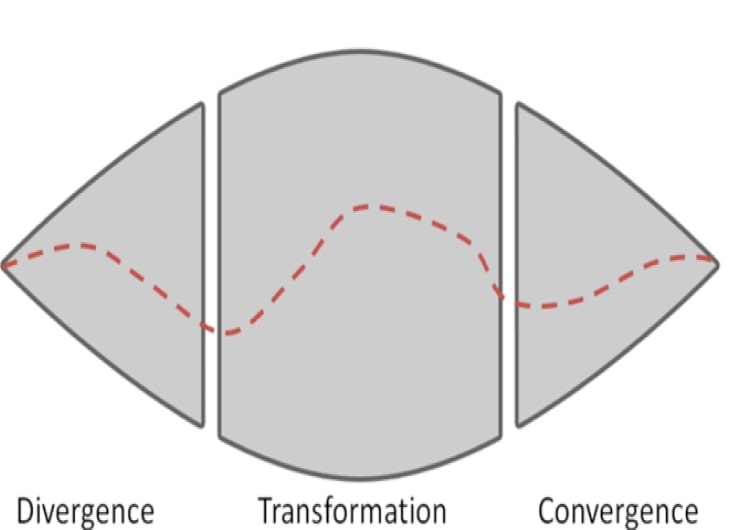Contact Info

In the ever-evolving landscape of software development, the synergy between design and development has become increasingly crucial. The traditional separation between these two domains is fading as the understanding grows that a harmonious collaboration between designers and developers is essential for creating successful, user-centric software. This convergence of design and development plays a pivotal role in the creation of efficient, visually appealing, and user-friendly applications.
Understanding Design-Development Collaboration
User-Centric Approach: Designers focus on creating intuitive interfaces and experiences that cater to the users' needs. Developers work to bring these designs to life by writing code that ensures functionality and usability.
Iterative Process: Collaboration between designers and developers happens through iterative processes. Continuous feedback and communication help bridge the gap between envisioned designs and practical implementation.
Visual and Functional Unity: The convergence of design and development aims at achieving a seamless blend between the visual aspects crafted by designers and the functional aspects implemented by developers. This unity results in an aesthetically pleasing and operationally efficient software.
Benefits of Integration
Enhanced User Experience: When designers and developers work in tandem, the end product tends to be more user-friendly and engaging. It ensures that the software not only looks good but also functions effectively.
Efficiency and Speed: The collaboration between design and development streamlines the process, reducing back-and-forth iterations. This results in faster product development cycles and quicker time-to-market.
Consistency and Scalability: Aligning design and development ensures consistency in user interfaces and experiences, which becomes crucial, especially when scaling the software or adding new features.
Tools and Methodologies Encouraging Collaboration
Prototyping Tools: Designers use prototyping tools to create interactive mock-ups of the software, enabling developers to understand the functionalities better before actual implementation.
Version Control and Collaboration Platforms: Development tools that support version control and collaboration platforms facilitate better communication and synchronization between designers and developers.
Agile Methodologies: Agile practices encourage continuous collaboration and adaptability, allowing both teams to work closely throughout the development lifecycle.
Future Prospects
As technology evolves, the convergence of design and development will continue to play a pivotal role in shaping the software landscape. Artificial intelligence, virtual reality, and other emerging technologies will require even closer collaboration between designers and developers to create innovative and user-focused solutions.
The convergence of design and development in software signifies a shift towards holistic product creation. By merging the artistic and technical aspects, software products can meet not only the functional requirements but also provide a visually compelling and user-friendly experience. This integration fosters innovation, efficiency, and a deeper understanding of user needs, ultimately leading to more successful software solutions.